How to Diversify Your Portfolio During Uncertain Market Conditions
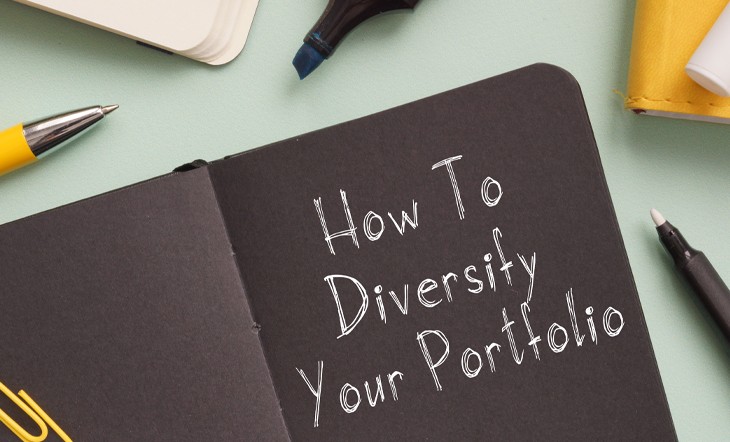
Uncertainty in the markets isn’t new. But how you respond to it makes all the difference.
For mid-level professionals planning their retirement in the next 10 to 15 years, market volatility can feel like walking a financial tightrope. One headline warns of a recession. Another celebrates a rally. And somewhere between the red alerts and green arrows, you’re left wondering: What now?
It’s a fair question. You’ve spent years building your career, saving consistently, and watching your 401(k) grow. However, suddenly it feels fragile. One wrong move and a chunk of your hard-earned gains could vanish.
- Should I pull back from equities?
- Or move everything into bonds?
- Is real estate even worth the hassle anymore?
- And where do I find “safe” returns in a high-inflation, high-uncertainty world?
These aren’t signs of being clueless. They’re the right questions.
And they deserve real answers, not the generic, one-size-fits-all advice that floats around during volatile times.
That’s where strategic diversification comes in as a calculated, purposeful approach based on the stage of life you’re in, the kind of income you’ll need in retirement, your risk tolerance, and the
assets that truly help when things get shaky.
You don’t just want your portfolio to survive the next market downturn, but for it to adapt, rebound, and keep delivering. That’s what thoughtful diversification can do.
So let’s see how you can get there.
Why diversification matters more when markets are unpredictable
In stable times, even an unbalanced portfolio can float. However, when rates spike, inflation lingers, or geopolitical events shake investor confidence, concentrated portfolios tend to suffer the most.
Diversification, done right, spreads your exposure across assets that react differently to the same stressors.
- Equities offer growth; however, they also carry volatility.
- Bonds provide stability and income, yet they can underperform when inflation rises.
- Real estate, commodities, and alternative assets act independently and often countercyclically.
Simply put, diversified portfolios give you more ways to win and fewer ways to lose.
That said, not all diversification is equal. And not all alternatives are created with your goals in mind. Let’s take a look at a few steps on how you can diversify during periods of uncertainty:
Step 1: Build a strong core portfolio with defensive tilts
Your foundation should still be stocks and bonds, but smarter ones. You cannot avoid risk entirely, so try to be prudent and selectively embrace the kind of risk that rewards consistency and patience, especially when markets are shaky.
Quality over quantity in equities
Now isn’t the time to chase fads, speculative IPOs, or headline-grabbing stocks that lack supporting earnings. Instead, aim for companies that can weather economic swings and still generate steady returns.
Focus on:
- Large-cap dividend payers: Think of companies with strong market positions, ones that not only grow but reward shareholders with reliable, often increasing, dividends.
- Low-debt, cash-generating businesses: These firms tend to have healthier balance sheets, better credit access, and higher resilience during interest rate hikes or recessions.
- Global diversification: S. equities still dominate most retirement portfolios; however, that overexposure can become a liability. Including developed European and emerging Asian companies in the mix helps balance regional and currency risk and opens up new growth opportunities.
Don’t want to handpick?
You don’t have to.
Low-cost ETFs can offer diversified exposure to quality-focused and dividend-growth indices. If you want simplicity without sacrificing strategy, start there.
Bonds: laddered and flexible
Gone are the days of parking all your fixed-income money in long-term treasuries and calling it diversification. Today, bond investing requires a more nuanced approach.
Start with:
- A bond ladder: Divide your bond investments across short-, medium-, and long-term maturities. This way, as bonds mature, you reinvest at current rates, reducing interest rate risk while staying flexible.
- TIPS (Treasury Inflation-Protected Securities): As inflation rises, TIPS adjust principal upward, protecting your purchasing power.
- High-grade corporate or municipal bonds: These offer better yields than treasuries, often with tax advantages. Just make sure to assess credit quality and duration before you dive in.
Revisit your bond portfolio at least annually. Rebalancing between durations and sectors helps lock in gains when yields shift, and positions you more defensively when equities dip. Especially as retirement nears, this fixed-income core becomes your portfolio’s shock absorber.
Step 2: Add real estate as a smart diversifier
If you're still relying exclusively on stocks and bonds, you're missing out on one of the most proven tools for long-term wealth: real estate.
And no, we don’t mean buying a second home because a friend said it's “hot.” Real estate diversification must be intentional, income-generating, and tailored to your risk tolerance and time horizon.
Best real estate investments for beginners
Not every property fits everyone. And at this stage in life, your focus shouldn’t be on flipping houses or chasing appreciation, but on income, predictability, and scale.
Here are some of the best real estate investments for beginners:
- Single-family rental properties: Simple to understand. Familiar to lenders. Easy to manage with the help of a property manager. These homes offer rental income with long-term price appreciation, without overwhelming you.
- REITs (Real Estate Investment Trusts): Want real estate exposure without being a landlord? REITs are a powerful tool. They trade like stocks, pay dividends, and let you invest in everything from apartments to hospitals to data centers.
- House hacking: This is a relatively new concept. Buy a duplex or triplex, live in one unit, and rent the others. It’s a hands-on way to subsidize your housing costs while building equity, especially if you’re still a few years from retirement.
- Crowdfunded real estate platforms: Don’t want to buy physical property? Some platforms allow you to own fractional shares of commercial or residential assets, offering consistent returns without requiring hands-on management.
The beauty of these real estate investments for beginners lies in flexibility. You can be as involved or as passive as you like. And unlike other assets, real estate tends to behave differently during inflation, making it a natural hedge.
Consider a real estate investment advisory
While real estate can work wonders, it’s complex. Zoning laws, financing strategies, depreciation schedules, and other complexities can easily make you feel out of your depth.
That’s where a real estate investment advisory shines.
A qualified advisor can help you:
- Identify strong-performing properties and REIT sectors: Not all rental markets are equal. A good advisor helps you avoid overhyped locations and focus on sustainable, rent-stable zones.
- Compare risk-adjusted returns: How does a 6% cap rate compare to your bond yield? Should you use leverage? These are questions your advisor will answer with data, not guesswork.
- Strategize for tax efficiency: Tools such as 1031 exchanges, cost segregation, and accelerated depreciation can dramatically reduce your tax liability if used correctly.
- Integrate real estate with your broader plan: Real estate shouldn’t sit outside your retirement plan; it should complement and strengthen it. A real estate investment advisory ensures your timing, liquidity, and exit strategy align with your life stage.
Step 3: Layer in alternatives for inflation and volatility hedge
Diversification fails when everything drops at once. And in down markets, that happens more than you’d think.
This phenomenon is known as correlation creep, where assets that typically move in opposite directions begin to move in the same direction. Stocks, bonds, and even REITs can all dip simultaneously. That’s when true alternatives become valuable. They’re built to respond differently, and sometimes even move in the opposite direction.
Gold and commodities
Let’s be clear: gold is not a growth asset. It won’t double in value like a tech stock.
Still, it plays a critical role in protecting your capital:
- During inflationary spikes
- When geopolitical risk rattles equity markets
- When the U.S. dollar weakens
Holding 3 to 5% of your portfolio in gold, through ETFs like GLD or physical bullion, can act as insurance.
Other commodities (like oil, agriculture, or industrial metals) often move on supply-demand cycles, independent of the stock market. You can access them via commodity ETFs, though these should be used sparingly. They’re volatile and best used for diversifying your portfolio, not for growth.
Infrastructure and private credit
These two asset classes have been overlooked and are now gaining popularity among near-retirees.
- Infrastructure funds: These funds are primarily invested in toll roads, water utilities, and data centers. Many of these have inflation-linked contracts, meaning they automatically adjust revenue as prices rise.
- Private credit: This type of investing refers to non-bank lending to businesses, often offering higher yields with lower correlation to the public market.
Market-neutral or absolute return strategies
When the market is going sideways, or worse, swinging wildly, absolute return funds can be valuable.
These funds aim to deliver positive returns regardless of market direction, often through:
- Long/short equity strategies
- Global macroeconomic bets
- Derivative-based hedging
- Tactical asset rotation
They’re not all equal. Some come with high fees and inconsistent performance. When selected carefully, they can act as a portfolio stabilizer, especially when traditional 60/40 models are under strain.
Step 4: Add global exposure to your portfolio
It’s easy to continue doing what you know. For most Americans, that means a U.S.-centric portfolio that includes domestic stocks, U.S. bonds, and maybe some local real estate.
If your entire retirement is riding on one economy, one currency, and one market cycle, you’re highly concentrated.
Why global exposure matters now more than ever
- Valuations vary: While U.S. equities often command a premium, many developed and emerging markets are trading at far more attractive price-to-earnings ratios.
- Different growth drivers: India and Southeast Asia, for instance, are fueled by urbanization and a rising middle class, not the same factors that are driving the S&P 500.
- Currency diversification: When the dollar weakens, foreign assets can appreciate, sometimes significantly, purely due to currency effects.
How to add a global balance
You don’t need to pick individual international stocks. Consider:
- Global equity ETFs: These ETFs provide low-cost access to both developed and emerging global
- Global bond funds: These funds offer both income and currency diversification, although emerging market bonds may come with higher volatility.
- International REITs: Real estate behaves differently in Asia, Europe, and Latin America. A global REIT fund adds another layer of risk mitigation.
Even allocating 10 to 20% of your portfolio to non-U.S. assets can smooth returns and lower overall volatility. And in periods when the U.S. economy underperforms, this global buffer could be what keeps your retirement plan on track.
Step 5: Don’t forget to rebalance for risk management
Diversification is a starting point. But without rebalancing, even the best mix of assets can veer off course.
Why rebalancing matters
Markets don’t rise evenly. In some years, stocks surge while bonds lag. In other years, commodities spike while everything else slips. If left alone, your asset allocation can drift far from your intended risk level.
- Too heavily invested in equities? Your downside risk may be higher than you realize.
- Too heavily weighted in bonds or cash? You could be missing out on long-term growth.
How to rebalance effectively
- Use thresholds: Rebalance when any asset class moves 5% or more away from its target.
- Set a schedule: For most retirement-focused investors, rebalancing once or twice a year is sufficient. Avoid over-trading.
- Don’t let emotions lead: A declining market is not the time to pull back from equities; it's when rebalancing often pushes you to buy more.
And yes, rebalancing sometimes feels counterintuitive. You’ll be selling winners and buying laggards. But that’s discipline. Buying low and selling high is what consistently successful investors do on purpose.
Step 6: Maintain liquidity without sacrificing growth
Retirement is a phase that could last 20 to 30 years. And having access to funds without liquidating long-term investments at the wrong time is crucial.
How much liquidity do you need?
That depends on your age and proximity to retirement. A good rule of thumb:
- Still working (10 to 15 years out): Keep 3 to 6 months of living expenses in liquid cash equivalents.
- Within 5 years of retirement: Bump that up to 12 to 24 months. This gives you the flexibility to ride out market dips without making withdrawals from long-term accounts.
Where to store it
Not all “cash” is created equal. Consider:
- High-yield savings accounts: Some now offer >4% APY with FDIC insurance.
- Short-term treasury ETFs: Low risk, decent yield, and highly liquid.
- Money market mutual funds: A reliable place to park funds without losing accessibility.
Keeping too much in cash over the long run can erode value due to inflation, but keeping too little could force you to sell in a downturn. The trick is finding a liquidity layer that offers optionality without stunting portfolio growth.
The bottom line: Diversification allows you to play it smart
Market uncertainty isn’t going away.
Do you know the difference between portfolios that bend and portfolios that break?
Deliberate, expert-driven diversification. But not the kind that spreads you thin just for the sake of variety; instead, the kind that layers your portfolio intentionally with assets that behave differently, respond to different risks, and grow in different ways.
Here's what strategic diversification means in this chapter of your financial life:
- You keep equities in play, focusing on quality and global balance, not hype.
- You use bonds intelligently, creating income and stability without locking yourself into outdated models.
- You add real estate thoughtfully, utilizing the best real estate investments for beginners and, when necessary, collaborating with a real estate investment advisory to ensure the right fit.
- You lean into alternatives, but not blindly, and only where they provide true inflation or volatility hedges.
- You don’t overlook rebalancing or liquidity, because those are your two best defenses against panic-driven decisions.
And most importantly, you stop trying to time the market and instead build a portfolio that’s strong enough to work through it.
You don’t have to do this alone. Even experienced investors need guidance when managing complexity. And at this stage, the stakes are simply too high to rely on guesswork.
A trusted financial advisor can help you:
- Assess your current risk exposure
- Design a globally diversified portfolio tailored to your retirement timeline
- Layer in income-generating assets like REITs or rental property
- Rebalance and adjust over time without emotional bias
- Coordinate across accounts, taxes, and withdrawal strategies







.jpg)

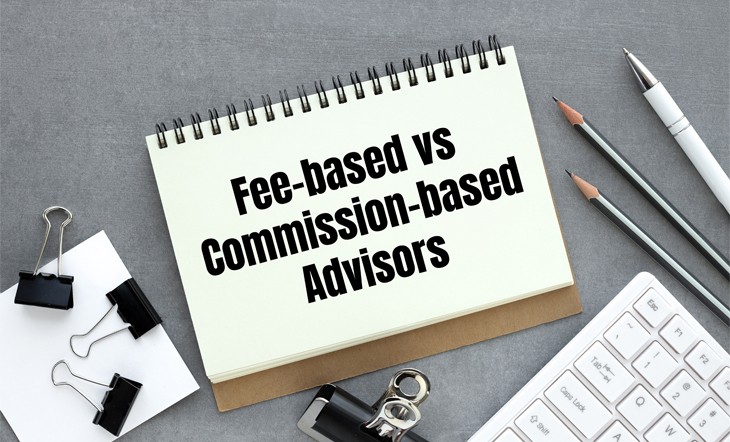
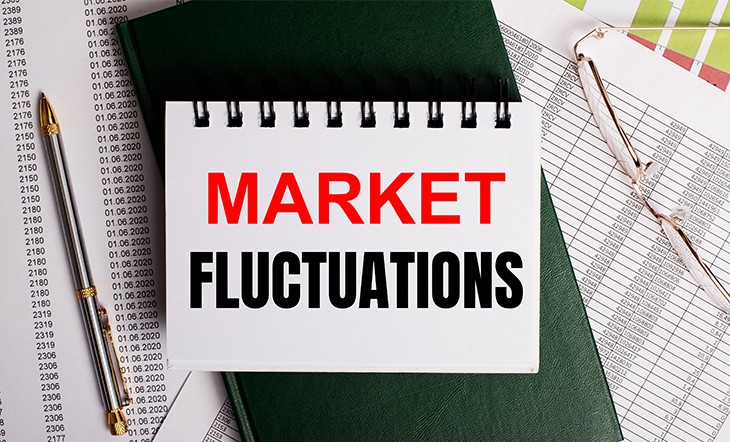









.jpg)
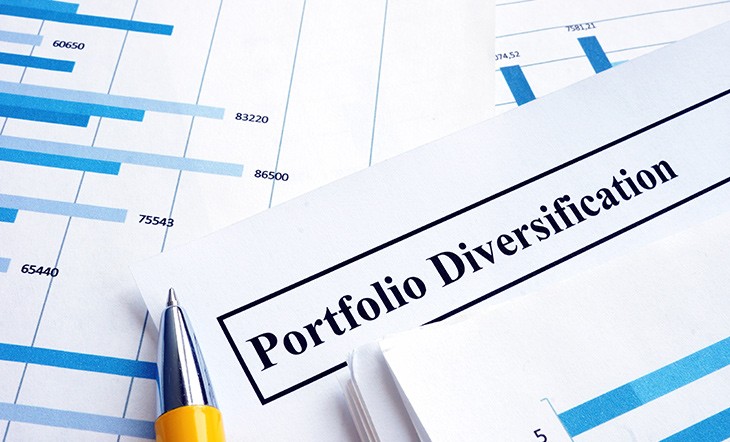
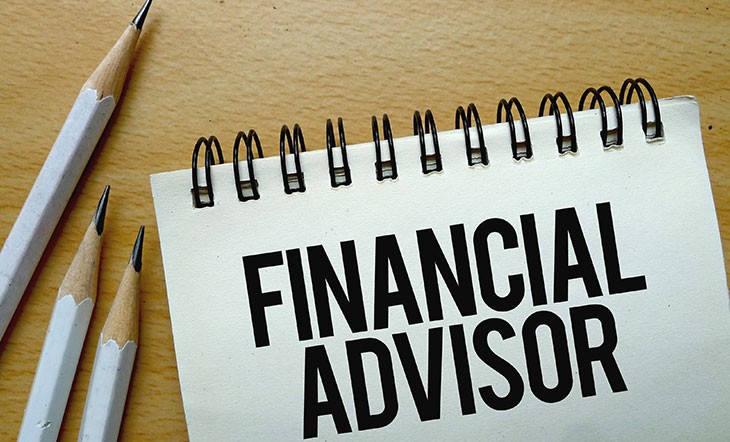




.jpg)

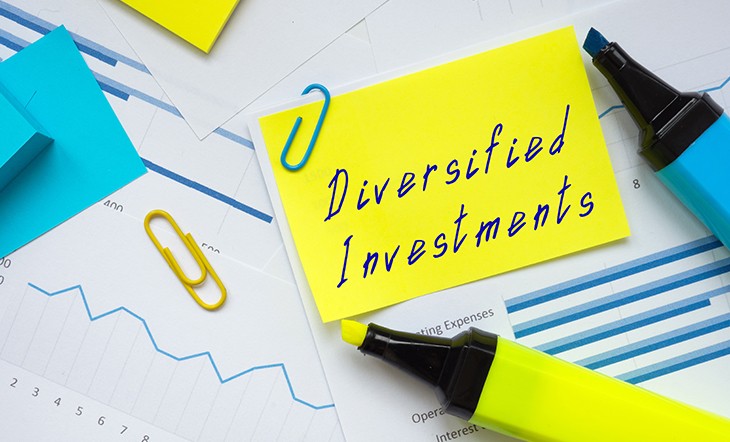
.jpg)


.jpg)

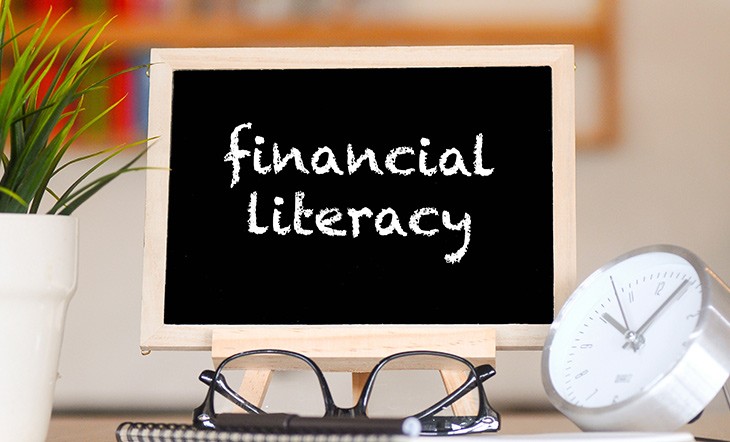





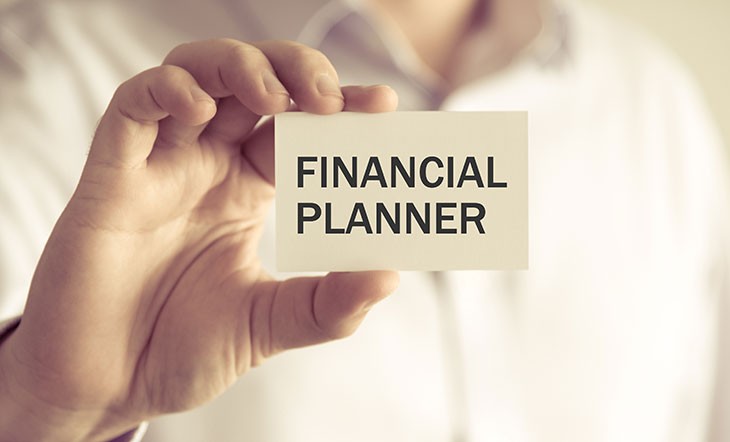

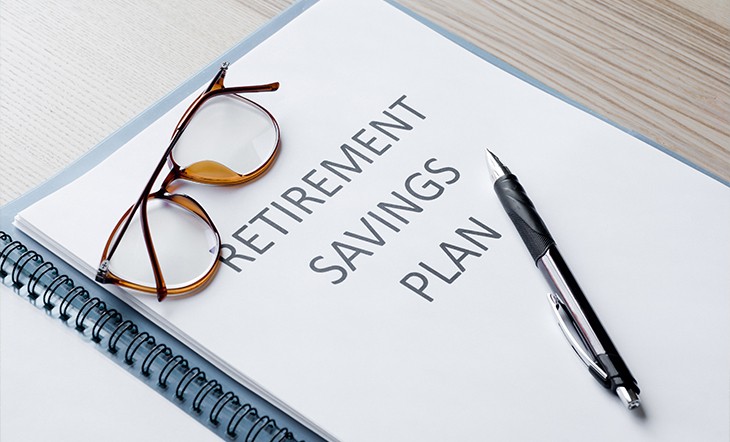
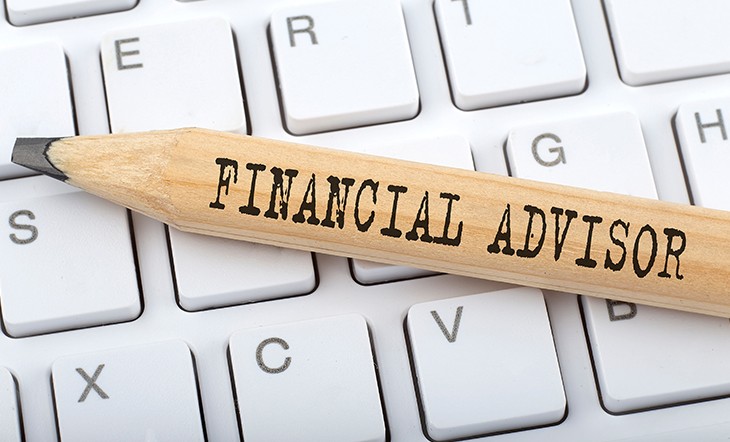



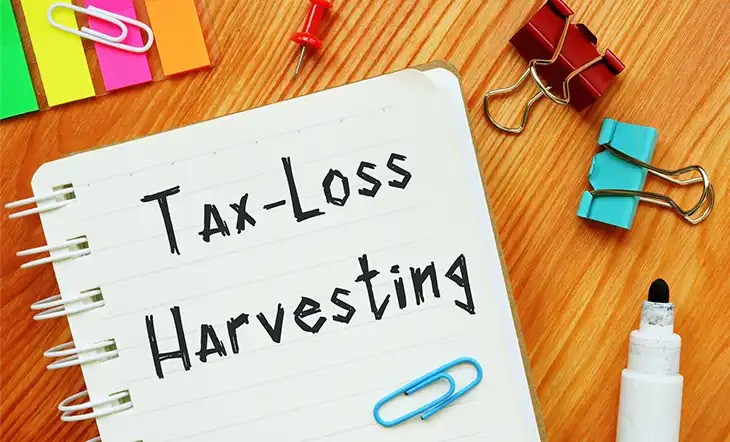
.jpg)




.jpg)




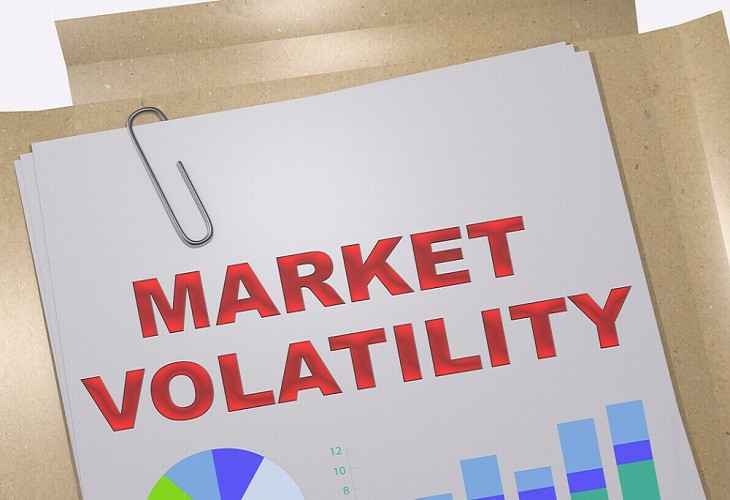
.jpg)

.jpg)




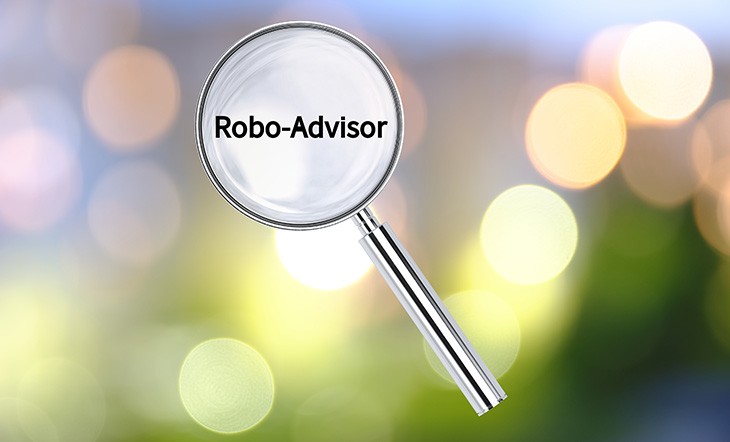

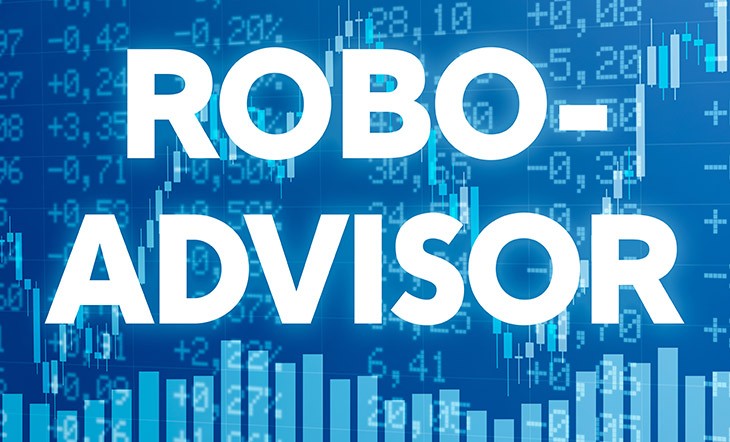
.jpg)

.jpg)






.jpg)

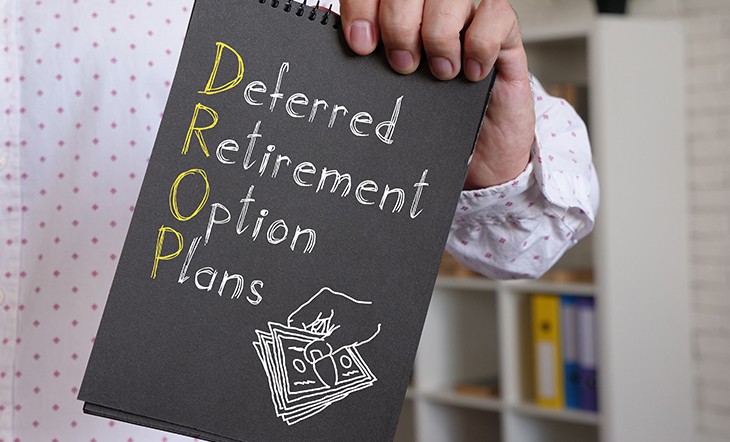

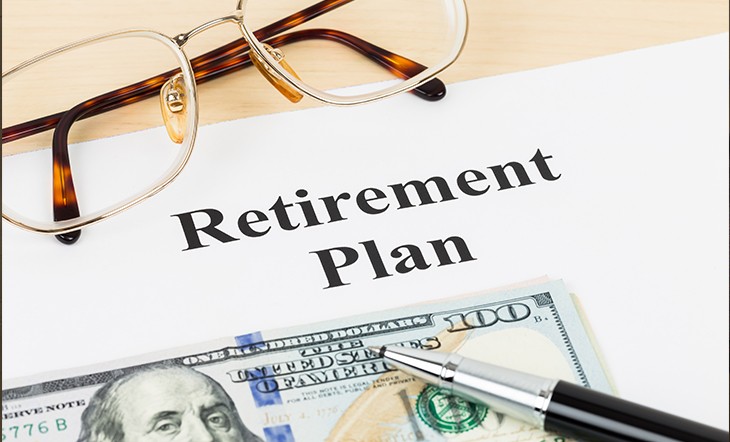
.jpg)

.jpg)

.jpg)


.jpg)





.jpg)
.png)
.jpg)



.jpg)

.jpg)



.jpg)



.jpg)

.jpg)

.jpg)
.jpg)
.jpg)
.jpg)

.jpg)




.jpg)



.jpg)
.jpg)


.jpg)
.jpg)
.jpg)
.jpg)
.jpg)
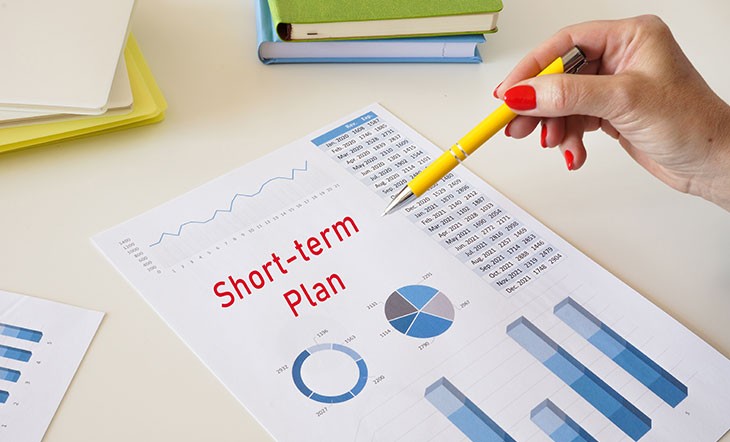
.jpg)




.jpg)
.jpg)
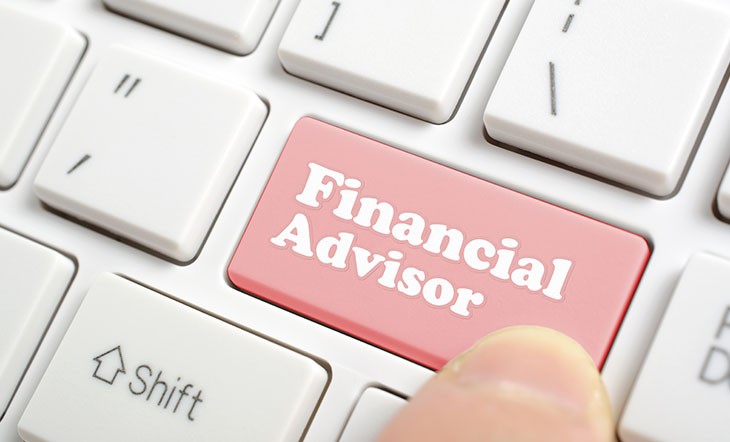

.jpg)
.jpg)
.jpg)
.jpg)

.jpg)

.jpg)














.jpg)
.jpg)


.jpg)



.jpg)












.jpg)



